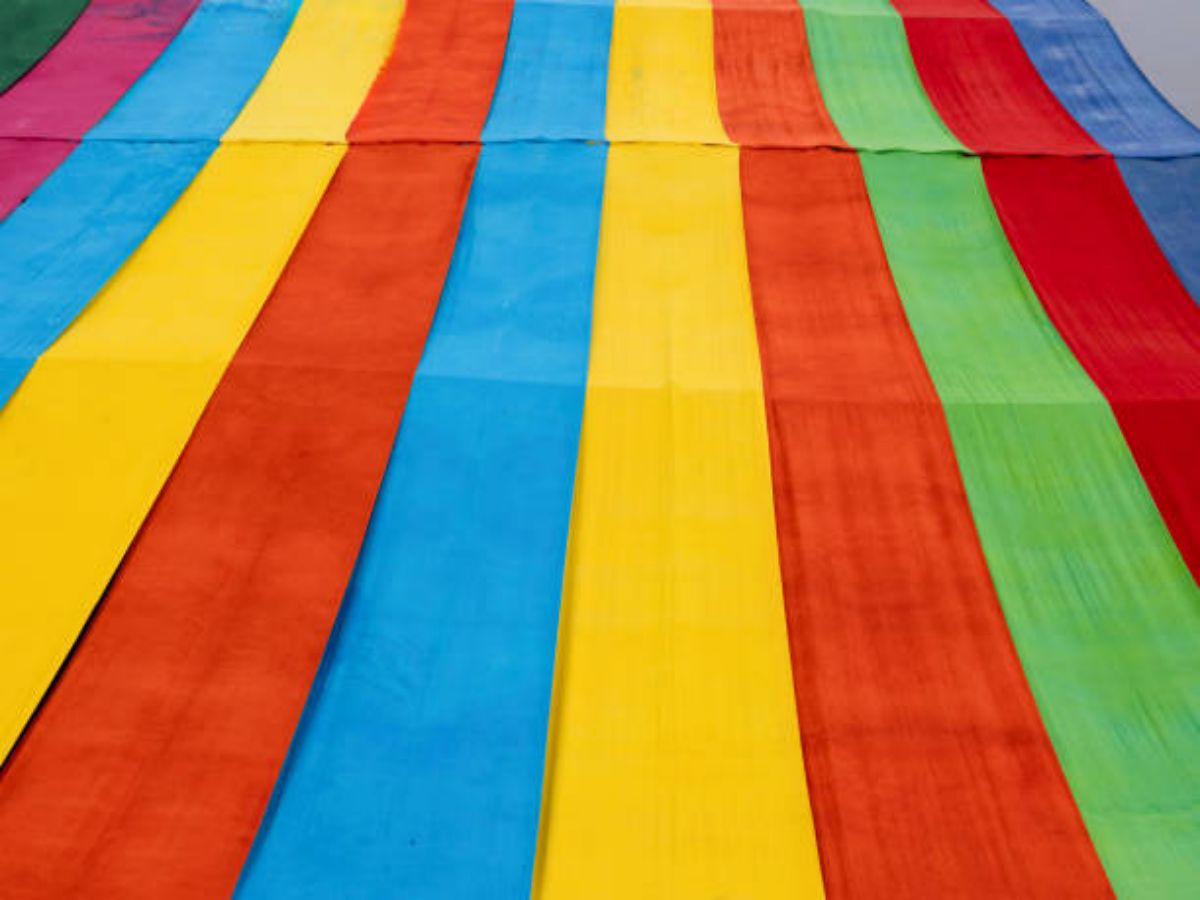Table of Contents

The Importance of Landscaping Fabric in Gardening
Landscaping fabric is a versatile and essential tool for gardeners and landscapers alike. It provides numerous benefits when properly used, making it a must-have for any landscaping project. This article aims to provide a comprehensive guide to understanding and utilizing landscaping fabric effectively.
What is Landscaping Fabric?
Landscaping fabric, also known as weed fabric or weed barrier, is a permeable material that is used to suppress the growth of weeds in gardens and landscaped areas. It typically consists of a woven or non-woven fabric made from durable materials such as polypropylene or polyester.
Advantages of Using Landscaping Fabric
Using landscaping fabric offers several benefits that contribute to the overall health and aesthetics of your garden. These advantages include:
1. Weed Suppression
The primary purpose of landscaping fabric is to prevent the growth of weeds by blocking sunlight and impeding their access to essential nutrients. This reduces the need for manual weeding, saving you time and effort in maintaining your garden.
2. Moisture Retention
By preventing weed growth, landscaping fabric helps retain moisture in the soil. This is especially important during dry periods, as it reduces the need for frequent watering and promotes healthier plant growth.
3. Soil Erosion Prevention
Landscaping fabric acts as a protective layer that prevents soil erosion caused by heavy rainfall or wind. It helps to keep the soil in place, ensuring the stability of your garden beds and minimizing the risk of damage to plants.
4. Enhanced Plant Health
Using landscaping fabric creates a barrier between the soil and the plants, reducing the competition for nutrients and water. This can lead to improved plant health, as the plants can access the necessary resources without interference from weeds.
5. Improved Aesthetics
Landscaping fabric provides a clean and tidy appearance to your garden or landscaped area. It creates a uniform surface that enhances the overall aesthetics of your outdoor space, giving it a professional and well-maintained look.
Choosing the Right Landscaping Fabric
When selecting landscaping fabric, it is important to consider various factors to ensure its effectiveness and longevity:
1. Material
Landscaping fabrics are available in different materials, including woven and non-woven options. Woven fabrics are more durable and suitable for heavy-duty applications, while non-woven fabrics are more lightweight and ideal for smaller projects.
2. Thickness
The thickness of the landscaping fabric determines its durability and ability to suppress weed growth. Opt for a thicker fabric for areas with persistent weed problems or high foot traffic.
3. Permeability
Ensure that the landscaping fabric allows for proper water drainage and air circulation to prevent waterlogging and root rot. Look for fabrics with adequate permeability to maintain the health of your plants.
4. UV Resistance
Choose a landscaping fabric that is UV resistant to prolong its lifespan. Exposure to sunlight can cause degradation and reduce the effectiveness of the fabric over time.
Installation and Maintenance Tips
To maximize the benefits of landscaping fabric, follow these installation and maintenance tips:
1. Prepare the Area
Clear the area of any existing weeds or vegetation before installing the landscaping fabric. This ensures that no weeds will grow through the fabric and compromise its effectiveness.
2. Secure the Edges
Secure the edges of the fabric using landscape staples or pins to prevent it from shifting or being exposed. This helps maintain its position and prevents weed growth along the edges.
3. Cut Proper Openings
When planting new plants, make sure to cut precise openings in the landscaping fabric to allow the plants to access the soil. Be cautious not to create large openings that may enable weed growth.
4. Regularly Inspect and Maintain
Periodically inspect the landscaping fabric for any signs of damage, such as tears or holes. Promptly repair or replace damaged sections to ensure the fabric continues to provide optimal weed control.
